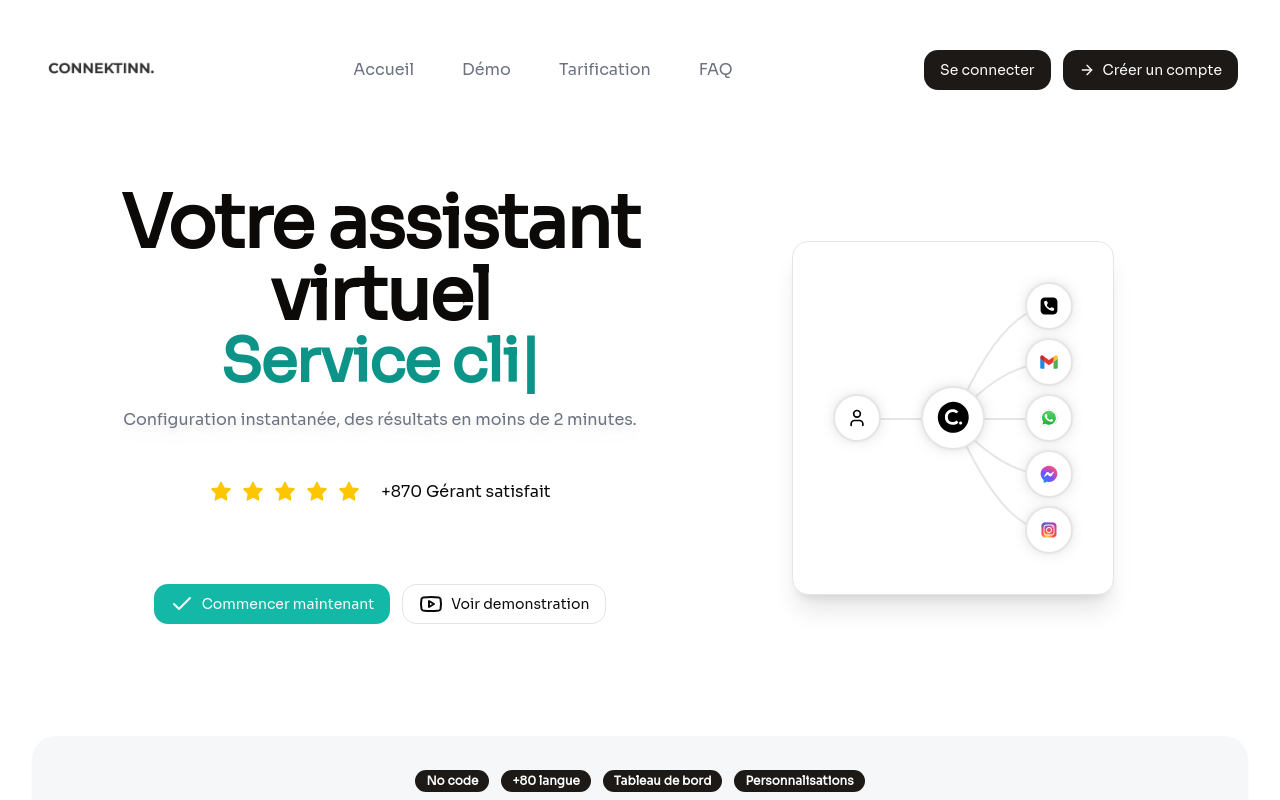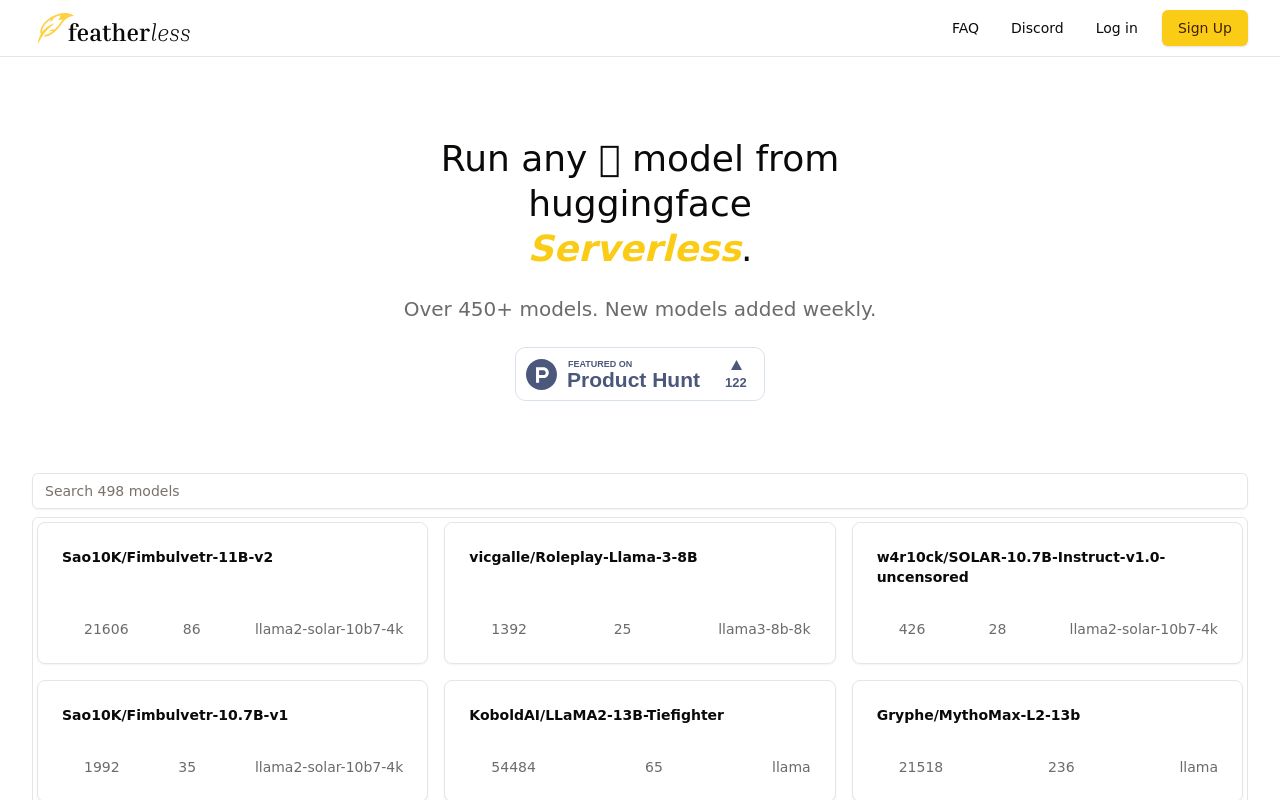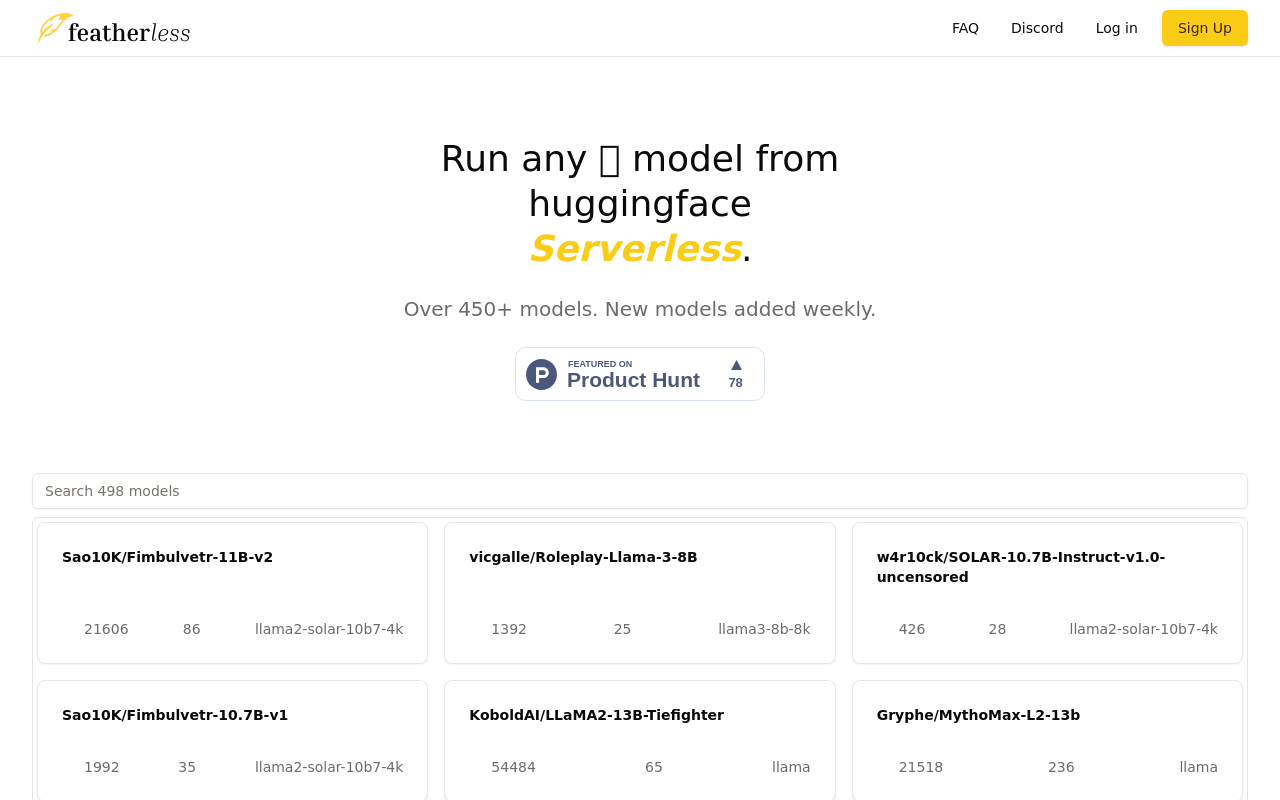Best for:
- Software Engineers
- Project Managers
- Database Designers
Use cases:
- Designing software architecture
- Planning project timelines
- Visualizing database structures
Users like:
- Development
- Project Management
- IT
What is Gleek?
Quick Introduction
Gleek is an efficient text-to-diagram tool specifically designed for developers who need to visualize their ideas quickly and effectively. By converting textual descriptions in its unique syntax into various types of diagrams, Gleek removes the need to use a mouse altogether, thus streamlining the diagramming process. Developers can create informal, class, sequence, state, Gantt, user journey, or entity-relationship diagrams entirely using their keyboard. This powerful conceptualization suite is ideal for software engineers, project managers, and database designers who are looking to simplify and speed up their workflow.
The primary feature of Gleek is its specialized syntax that allows users to input text-based commands to generate diagrams automatically. This makes it particularly appealing for coders and developers comfortable with text-based tools. Its capabilities span multiple diagram types including flowcharts, ER diagrams, UML class diagrams, sequence diagrams, state machine diagrams, object diagrams, Gantt charts, and user journey diagrams. This tool is a boon for those in need of rapid diagramming solutions without a steep learning curve.
Pros and Cons
Pros:
- Keyboard-Only Operation: Enables developers to create detailed diagrams without touching the mouse, maintaining focus and productivity.
- Variety of Diagram Types: Supports multiple kinds of diagrams, making it versatile for different use cases in software development and project management.
- Intuitive Syntax: Shortens the learning curve, allowing users to start creating diagrams almost instantly.
Cons:
- Limited Customization Options: Advanced users may find the customization features a bit limited compared to specialized design software.
- No Integration with Some Automation Tools: Does not readily integrate with specific automation or DevOps tools out-of-the-box, possibly requiring workarounds.
- Syntax Dependent: The unique syntactic complexity might be a challenge for users unfamiliar with coding-based tools.
TL;DR
- Text-to-Diagram Conversion: Create diagrams using keyboard commands only.
- Wide Range of Diagrams: Supports flowcharts, ER diagrams, UML diagrams, Gantt charts, and more.
- Rapid Diagramming: Enables quick diagram creation with minimal learning curve.
Features and Functionality
- Text-Based Syntax: Convert text descriptions into diagrams effortlessly using a specialized syntax.
- Keyboard-Only Operation: Allows creation of diagrams without touching the mouse, saving time and enhancing productivity.
- Version Control: Keeps track of changes without the hassle of managing binary files.
- Live Collaboration: Collaborate in real-time with team members to co-create and finalize diagrams.
- Diagram Export: Export diagrams in multiple formats suitable for various requirements.
Integration and Compatibility
Gleek is a standalone tool primarily focusing on text-to-diagram conversion without needing external integration. This makes it highly self-sufficient and simple to use without compatibility issues. However, developers looking for integrations with CI/CD pipelines or development environments may have to look elsewhere.
Benefits and Advantages
- Improves Productivity: Reduces the time spent switching between tools by using a keyboard-only setup.
- Enhances Collaboration: Supports real-time collaboration, making it easier to work on diagrams with teams.
- Text-Based Input: Simplifies the diagram creation process, making it faster to produce diagrams from text descriptions.
- Broad Use Cases: Can address multiple diagramming needs, from database design to project management.
Pricing and Licensing
Gleek offers a tiered pricing model catering to different user needs. The basic version is free, allowing users to access core functionalities at no cost.
Do you use Gleek?
For more advanced features and extended usage, there are subscription plans available with added benefits such as unlimited diagram creation, priority support, and additional export options. Gleek also provides a ‘Free to Try’ model where users can explore premium features for a limited time before committing to a paid plan.
Support and Resources
Users have access to various support options including comprehensive documentation, detailed tutorials, a community forum, and dedicated customer service. Gleek’s website hosts a plethora of guides and resources aimed at keeping users updated on recent developments in software architecture patterns and their visual representation.
Gleek as an alternative to:
Gleek stands as a strong alternative to Lucidchart, especially for developers who prefer coding-based tools. While Lucidchart offers drag-and-drop functionalities, Gleek’s keyboard-only, text-based approach can significantly speed up the diagram creation process. This makes it particularly favorable for software engineers and project managers focused on rapid prototyping and collaborative planning without stepping out of their terminal environment.
Alternatives to Gleek
- Lucidchart: Suitable for users who prefer drag-and-drop interfaces and more visual control over diagram creation. Ideal for general project management and team collaboration.
- Microsoft Visio: Targeted at corporate environments requiring extensive customization options and integration with other Microsoft products. Best for detailed and polished professional diagrams.
- Draw.io: Offers a free, open-source platform with comprehensive diagramming features similar to those of paid tools. Great for users looking for cost-effective, feature-rich diagramming solutions.
Conclusion
Gleek stands out as a streamlined, text-to-diagram tool that facilitates rapid, keyboard-only diagram creation, making it especially suitable for developers and software engineers. With its broad diagramming capabilities, intuitive syntax, and collaborative features, Gleek is perfect for those who want a fast, efficient, and effective solution for visualizing complex ideas and processes. Its support and resource offerings further elevate its value, ensuring users are well-equipped to utilize the tool to its fullest potential.



